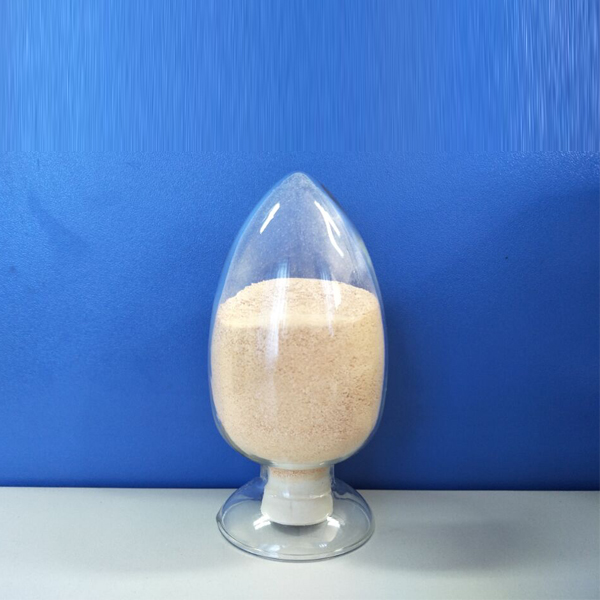
News
des . 22, 2024 17:32 Back to list
tetra sodium edta
Understanding Tetra Sodium EDTA Properties and Applications
Tetra sodium ethylenediaminetetraacetic acid, commonly known as tetra sodium EDTA, is a versatile chelating agent widely used across various industries. As a sodium salt of EDTA, a chemical compound with multiple applications, tetra sodium EDTA plays a crucial role in different fields, including pharmaceuticals, agriculture, and food processing. This article will explore its properties, uses, and significance in modern applications.
Chemical Properties
Tetra sodium EDTA is characterized by its ability to bind with metal ions in solution, forming stable complexes. This property is critical because many processes involve metal ions that can catalyze undesirable reactions or precipitate products. By sequestering these metal ions, tetra sodium EDTA effectively prevents such occurrences.
The chemical formula of tetra sodium EDTA is C10H12N2Na4O8, and it has a molecular weight of approximately 376.4 g/mol. It is highly soluble in water, making it an effective chelating agent in aqueous solutions. Tetra sodium EDTA can complex with a wide range of metal ions, including calcium, magnesium, lead, and copper, which ensures its utility in various applications.
Applications in Agriculture
Understanding Tetra Sodium EDTA Properties and Applications
Role in Pharmaceuticals
tetra sodium edta

The pharmaceutical industry utilizes tetra sodium EDTA for its chelating properties to improve drug stability and efficacy. It is often incorporated into formulations to stabilize metal ions in medications, thereby preventing unwanted reactions and enhancing shelf life. Moreover, tetra sodium EDTA is used in detoxification therapies to treat heavy metal poisoning, such as lead or mercury. By effectively binding these toxic metals, it facilitates their excretion from the body.
Food Industry Applications
In the food industry, tetra sodium EDTA serves as a preservative and stabilizing agent. It prevents discoloration in processed foods by sequestering metal ions that can catalyze oxidative reactions. This property is vital for maintaining the color and freshness of products, particularly in sauces, dressings, and canned goods. The FDA considers tetra sodium EDTA safe for use in food products, provided it is used within regulated limits.
Environmental Impact and Safety Considerations
Despite its numerous applications, there is an ongoing discussion regarding the environmental impact of tetra sodium EDTA. As a synthetic compound, its persistence in the environment raises concerns about potential accumulation and effects on ecosystems. It is essential for industries that utilize tetra sodium EDTA to implement responsible practices and consider biodegradable alternatives when possible.
Additionally, safety considerations must be taken into account when handling tetra sodium EDTA. While it is generally regarded as safe, exposure to large quantities can cause skin irritation or other toxic reactions. Thus, proper handling procedures and protective equipment should be employed to mitigate risks.
Conclusion
Tetra sodium EDTA is a significant compound with multiple applications in agriculture, pharmaceuticals, and the food industry. Its ability to bind metal ions makes it an invaluable tool for enhancing the availability of essential nutrients, stabilizing drug formulations, and preserving food quality. However, responsible usage and awareness of potential environmental impacts are crucial for sustainable development. As research continues into biodegradable alternatives, the role of tetra sodium EDTA may evolve, ensuring that its benefits can be harnessed while minimizing potential harm to the environment.
-
OEM Chelating Agent Preservative Supplier & Manufacturer High-Quality Customized Solutions
NewsJul.08,2025
-
OEM Potassium Chelating Agent Manufacturer - Custom Potassium Oxalate & Citrate Solutions
NewsJul.08,2025
-
OEM Pentasodium DTPA Chelating Agent Supplier & Manufacturer High Purity & Cost-Effective Solutions
NewsJul.08,2025
-
High-Efficiency Chelated Trace Elements Fertilizer Bulk Supplier & Manufacturer Quotes
NewsJul.07,2025
-
High Quality K Formation for a Chelating Agent – Reliable Manufacturer & Supplier
NewsJul.07,2025
-
Best Chelated Iron Supplement for Plants Reliable Chelated Iron Fertilizer Supplier & Price
NewsJul.06,2025
